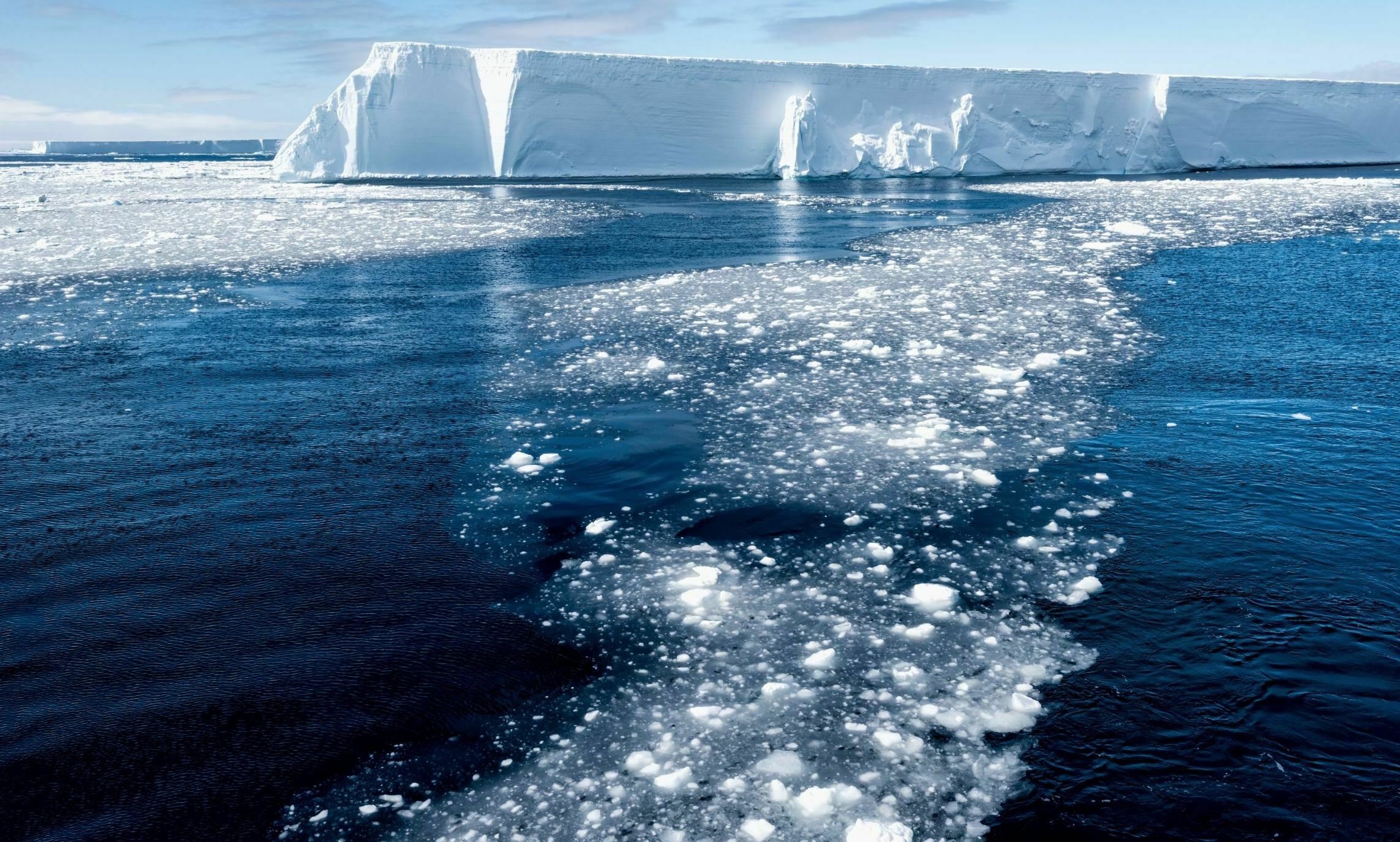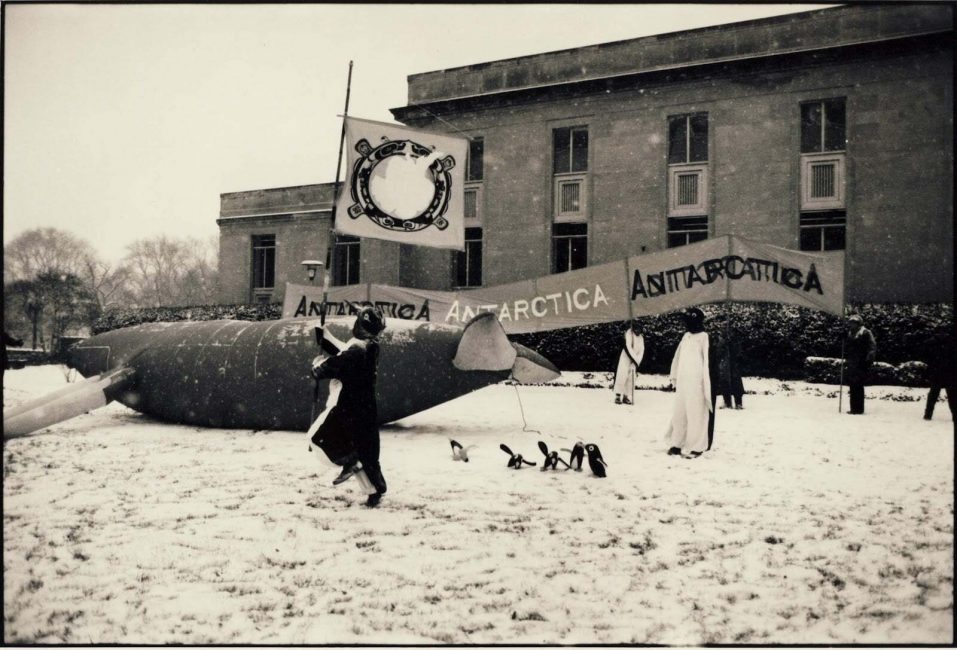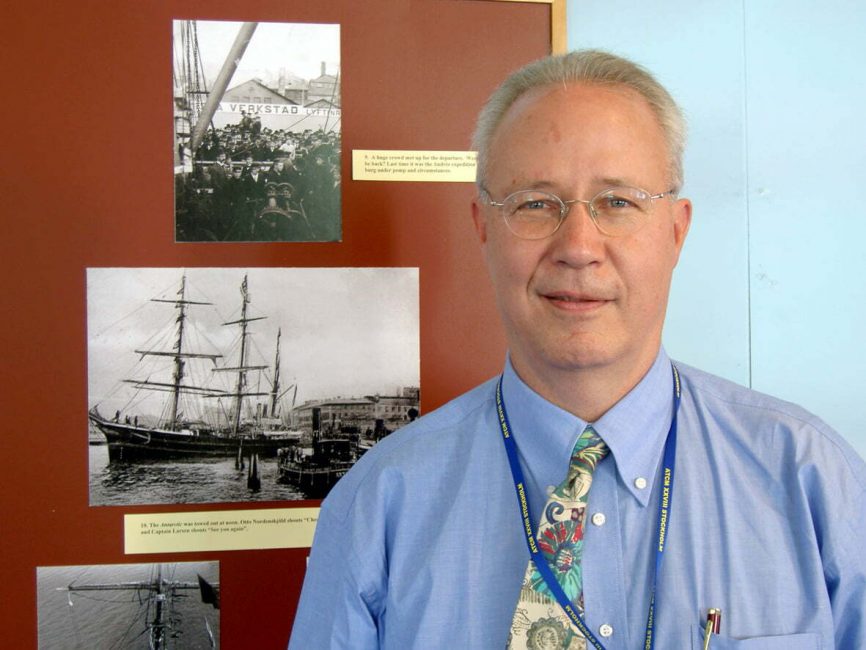Our Story
For 45 years, ASOC has defended the integrity of Antarctic and Southern Ocean ecosystems.
How ASOC began
FOUNDING YEARS
In the mid-1970s, lawyer and conservationist James Barnes became aware through some of his contacts that Parties to the Antarctic Treaty were secretly negotiating a framework for mineral and gas prospecting in Antarctica.
As more and more environmental organizations connected and discussed this issue, it became increasingly clear that global action was needed to prevent the world’s last great wilderness from being destroyed.
The Antarctic and Southern Ocean Coalition (ASOC) was founded in 1978, with 25 founding members united in their support for Antarctic protection.
Read an interview with James Barnes about the founding of ASOC.
Our first campaigns
EARLY YEARS
When ASOC was formed, Antarctic decision-making was shrouded in secrecy. In 1980, only 13 nations, all Consultative Parties to the Antarctic Treaty, were permitted to participate in discussions. There were no observers, and reports were not made public.
ASOC’s early campaigns focused on dragging the secret minerals framework negotiations out into the open. ASOC managed to obtain a secret copy of one of the early drafts, which they distributed publicly.
ASOC and its member organizations then briefed non-Treaty nations such as Malaysia, India, and Brazil on the secret negotiations, sparking debates about the governance of Antarctica at the United Nations.
Mining ban in Antarctica
EARLY SUCCESS
Negotiations on the minerals conventions continued throughout the 1980s. But a major breakthrough occurred when Australia and France decided not to ratify the agreed Minerals Convention due to substantial public pressure.
Without the buy-in of all the decision-making Parties to the Antarctic Treaty, the Convention was effectively dead. Australia and France proposed instead that a framework of environmental regulations be enacted by Treaty Parties, and in 1991 the Protocol on Environmental Protection to the Antarctic Treaty was agreed.
Southern Ocean protection
A MAJOR ACHIEVEMENT
Another major victory for Antarctic environmental protection occurred in 1981 when the Convention on the Conservation of Antarctic Marine Living Resources (CCAMLR) was ratified. During CCAMLR negotiations, ASOC successfully worked to have a precautionary ecosystem approach embedded in the treaty. CCAMLR was one of the first fishery management organizations to put conservation of ecosystems ahead of financial concerns.
Although ASOC never achieved its goal of having Antarctica declared a “World Park,” the Protocol and CCAMLR were important developments that ensured that the Antarctic Treaty Parties would finally make conservation a priority.

OFFICIAL RECOGNITION
ASOC granted Antarctic Treaty observer status
In 1991, ASOC was formally recognised as the unified voice for the NGO community, advocating for strong environmental protection in Antarctica. ASOC was granted observer status in the Antarctic Treaty System, and began attending annual Antarctic Treaty Consultative Meetings.
Looking to the future
ASOC TODAY
ASOC has continued to be the NGO voice for Antarctic environmental protection, and has expanded its portfolio to include issues such as tourism, shipping, and climate change. As ASOC looks to the future, we anticipate taking Antarctic conservation even further, working for the creation of a network of marine protected areas in the Southern Ocean, minimizing pollution from vessels, and mitigating the impacts of climate change.
We thank all campaigners, past and present, for their tireless dedication, their clever strategies, and their willingness to dress up in penguin suits!
Jim Barnes
OUR FOUNDING CHAIR
A co-founder of ASOC in 1978, Jim received his B.A. at Northwestern in 1966 and his law degree from the University of Michigan in 1970. Currently living in Villamblard, France, Jim has devoted the past thirty-eight years to working with environmental organizations around the world. He received the International Environmentalist of the Year award from the National Wildlife Federation in 1991, the Order of the Golden Ark from the Dutch Royal Family’s foundation in 1998, and the Sierra Club’s Earth Care award in 2004. After retiring from ASOC in March 2014, Jim continues to advise the organization. A tribute to Jim Barnes.
 ASOC
ASOC





